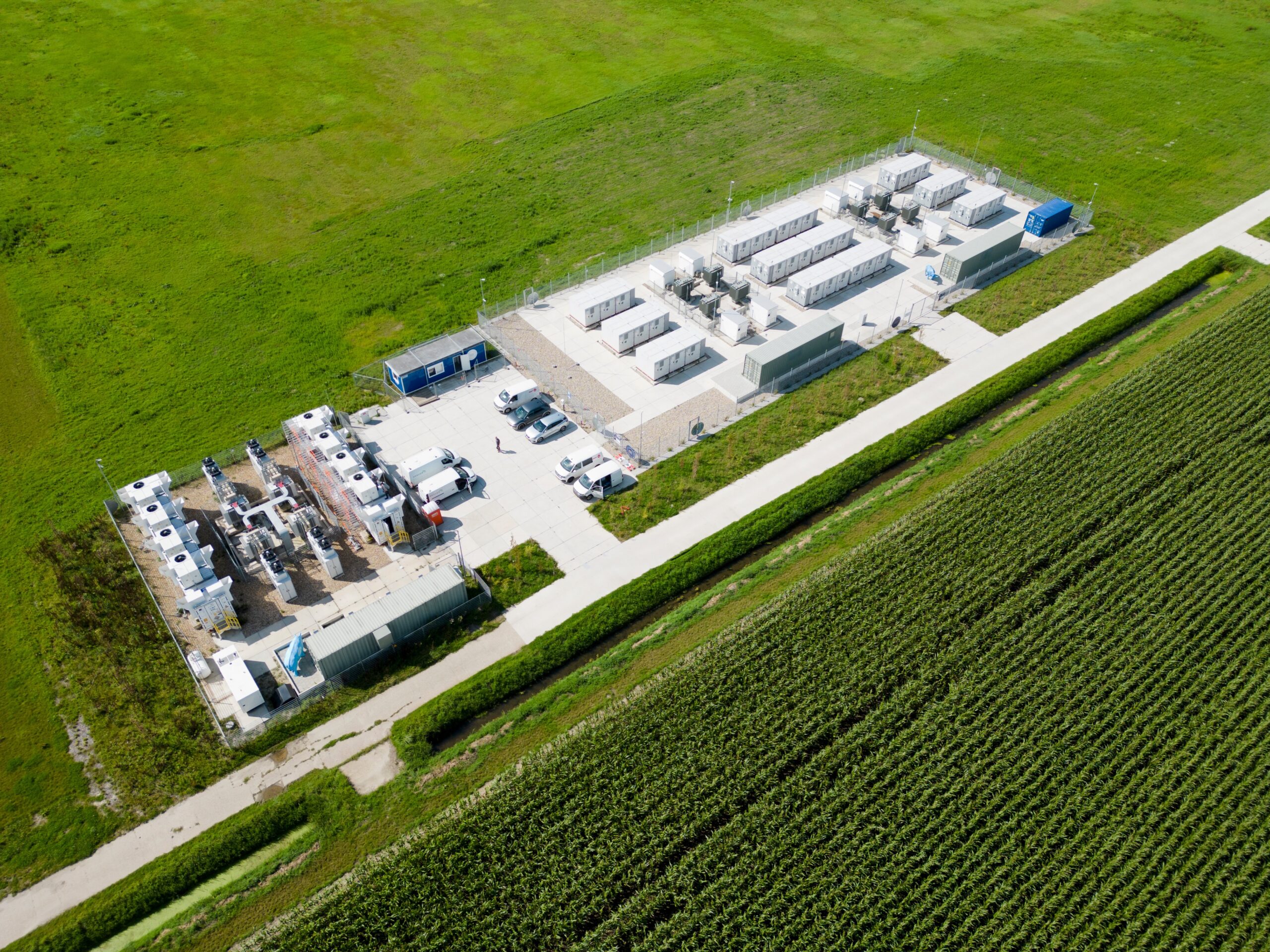Germany is the hub of Europe’s interconnected network of power markets. Penetration of wind & solar is rapidly increasing in Germany at the same time thermal assets are closing (eg nuclear, coal & lignite). This underpins a growing structural deficit of flexible capacity to balance the market.
This flexibility deficit combined with an energy crisis proved to be a volatile cocktail across 2022. Market price signals for flexible balancing capacity, e.g. within day price volatility & ancillary services, exploded higher. The German battery (BESS) revenue stack suddenly started to look very viable from an investor perspective.
In 2023 we have seen a strong increase in clients engaging us to support them with battery investment in Germany. This covers acquisition of existing BESS assets, development of new assets, offtake contract structuring & financing and market entry strategy. This activity is consistent with Germany becoming one of the leading growth markets for BESS globally.
Table 1 summarises 5 key drivers behind German BESS investment momentum which we explore in more detail in the article below.
Table 1: 5 key drivers of BESS investment momentum
1. Renewable growth
The most important structural driver supporting BESS investment in Germany is the pace of variable output wind & solar penetration. The numbers tell the story – we project by 2030:
-
- Wind capacity to increase to 110-120GW
- Solar capacity to increase to 115-125GW
- Average within-day wind output swings of 27GW
- Average within-day wind solar swings of 47GW
Chart 1 shows our stochastic modelling of intraday wind & solar swings in 2030.
Chart 1: Intraday wind & solar output swings in Germany (average, P5 & P95)
These output swings are huge and will require very large intraday balancing flex capability. Batteries are set to be the key provider of this flexibility.
2. Thermal closures
Thermal power plants have historically formed the foundation of German power generation. The nuclear fleet as of 2023 is now fully closed. Coal & lignite capacity closures have started at scale with most of the fleet scheduled to be retired (or placed in emergency reserve) by 2030. Germany’s CCGT fleet is also ageing without any clear incentive mechanism to support investment in new capacity.
Despite aspirational government targets to build new CCGTs, development of new gas capacity comes with major decarbonisation challenges. Incentives have been introduced to support small scale flexible biogas plants but there are limitations on economic resource potential.
Germany is experiencing a net decline in flexible capacity at an alarming rate relative to the pace of wind & solar roll out.
3. Within-day market value
Only a little over 1GW of grid scale BESS capacity is operating in Germany currently, although with a rapidly growing development pipeline. Value currently being captured by BESS assets is coming predominantly from harvesting within-day price volatility, complemented by ancillary service revenues (e.g. FCR, aFRR).
From an investment case perspective, ancillary service revenues are less important as these markets are relatively small and set to saturate quickly. If you doubt that, we refer you to what has happened in the GB market as BESS volumes grow past 2GW.
The German intra-day market is however a very different story. It is traded at 15 minute granularity and is both liquid & volatile – perfect ingredients for BESS value capture.
Importantly, liquidity windows on the 15 minute contracts are significantly longer than in other European markets. This allows for much greater opportunities to reoptimize BESS assets as RES and demand balancing requirements change ahead of gate closure.
4. Offtake & optimisers
Flex asset optimisers follow value. This is evident in the significant growth in German battery optimisers across the last couple of years. Traditional utility trading desks e.g. Statkraft, Vattenfall & EnBW are facing competition from machine learning driven new entrants e.g. Entrix & Enspired.
Increasing competition across optimisers bodes well for offtake contract terms as has been the case in the GB market. It is also driving innovation in offtake contract structures e.g. across margin share (with & without floors), tolling & even structured contracts such as day-ahead shape swaps. Fee structures are still higher than in the GB market but set to fall with competition.
5. Financing
Last but not least, the availability of debt & equity capital for German BESS developers has improved substantially across the last two years. Operating assets to date have been backed predominantly by utility and Stadtwerke balance sheets. But that is set to change.
Equity investors, many with existing GB BESS experience, are looking to enter the German market and scale portfolios. The four factors we list above are the primary drivers. But BESS financing is being helped by an increasingly constructive lender environment (albeit at higher interest rates), with banks targeting ESG investments and becoming more comfortable with quantifying BESS asset downside risks.
Join our upcoming webinar
Title: “The next frontier” – The drivers behind a surge in German battery investment
Date: Tues 28th Nov 09:00 BST (10:00 CET, 16:00 SGT)
Registration link here, free to attend
Focus:
- Fundamental value drivers (e.g. RES growth, thermal retirements)
- DE BESS revenue stack breakdown & backtest
- How the within-day market is driving value capture
- Financing & offtake structures
- Key policy & investment risks




